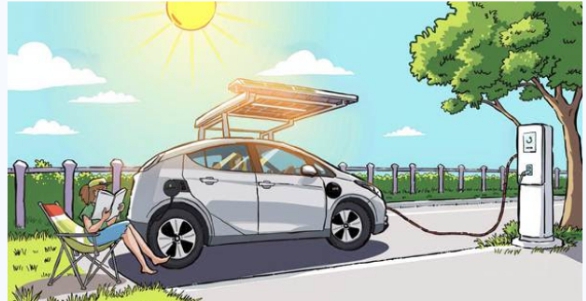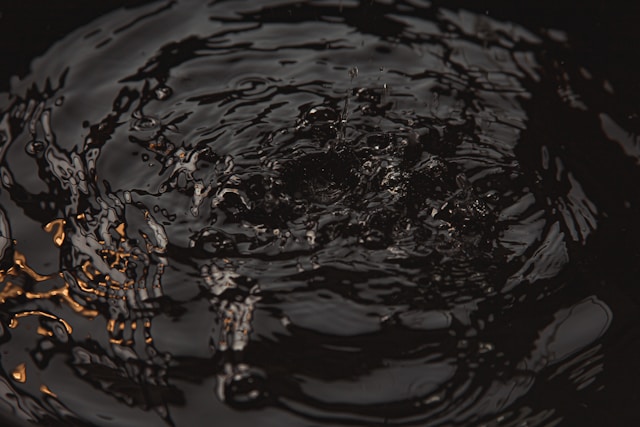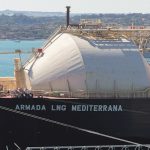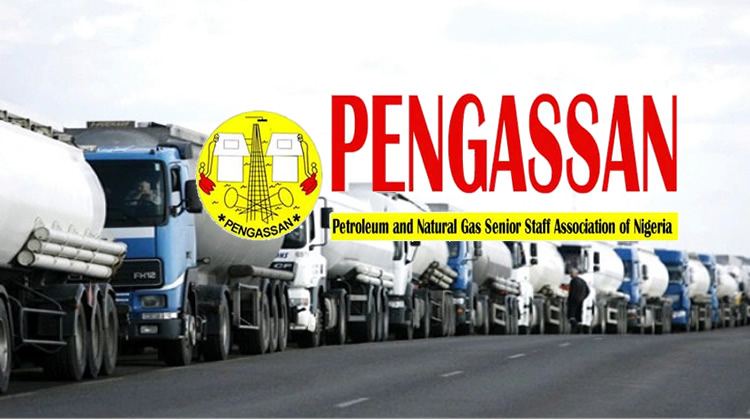New import facilities progressing despite spare capacity in existing infrastructure
Europe’s LNG receiving capacity, across ten countries from Lithuania to Greece, has experienced usage levels this year unprecedented in well over a decade, as a global LNG supply glut finds the continent a home of last resort.
But, despite the significant uptick in deliveries, Europe’s terminals are far from full. Why, then, do new projects in Germany, Ireland and Croatia continue to progress when there is ullage in neighbouring countries’ facilities and in pipelines that can, and indeed already do, bring regasified molecules into these countries’ grids?
At the end of July, the European Commission ruled that Croatia’s plans to contribute €100mn in state funds—and also levy a ‘security of supply’ fee on gas grid users if terminal fees are not sufficient to support operating costs—for a planned 2.6bn m³/yr floating LNG terminal at Krk Island off the country’s north coast did not violate state aid rules.

The Krk LNG terminal, operated by a joint venture of state-owned gas and power firm HEP (85pc) and gas transmission system operator Plinacro (15pc), has been designated a European project of common interest since 2013, given its “strategic importance for the diversification of natural gas supplies into central and south-eastern Europe (CSEE)”. As well as the Croatian grid, the terminal would be able to supply to Slovenia, Italy, Hungary, Serbia and Montenegro through existing and planned pipeline capacity.
Given Russian pipeline supply’s dominance in CSEE—a position that 10bn m³/yr of Azeri gas through the Southern Gas Corridor’s first stage will do little to erode—and no LNG import infrastructure beyond Greece’s modest Revithoussa unit, a new terminal in the region has some logic, albeit it is not currently short of gas.
Line of reasoning
Import plans in Germany and Ireland—both well integrated into the northwest European (NWE) grid, with liquid cross-border trading and plenty of spare LNG regasification capacity—seem less explicable. Germany has three competing large-scale import projects—a Brunsbuettel terminal with capacity of a 5bn m³/yr, a 10bn m³/yr facility at Wilhemshaven and a proposed 5-8bn m³/yr unit at Stade. Russian producer Novatek and Belgian gas infrastructure firm Fluxys also support a small-scale 0.4bn m³/yr LNG bunkering-focused plant at Rostock.
Germany has cross-border pipeline connections with Poland, the Netherlands, Belgium and France, all of which boast spare LNG import capacity. Indirectly, supply from the UK’s three large-scale terminals can easily access Germany via a sub-sea link with Belgium. And while current infrastructure constraints would prevent Italian and Iberian Peninsula LNG terminals easily delivering gas to Germany, the European grid’s capacity to flow gas south to north will eventually be upgraded.
US LNG-to-power developer New Fortress Energy bought the long-mooted 28.3mn m³/d (10.3bn m³/yr) Shannon LNG terminal in 2018. But this year has seen the project mired in yet more legal issues, including a judicial review being referred to the European Court of Justice. Ireland is less well connected than Germany, but it still has three pipelines—two in the Republic of Ireland and one in Northern Ireland—connecting to the GB grid and its three import terminals.
So why would these NWE terminals progress? The region’s supply diversity will decrease in coming years as the Netherlands’ giant Groningen field winds down ahead of its government-mandated closure post-2028 and as UK North Sea production continues to decline, leaving it more heavily reliant on a supply duopoly of Norway and Russia.
As such, LNG offers an attractive alternative, but does not explain why Germany and Ireland cannot share their neighbours’ existing spare capacity. Partly, some relatively mild nationalism is in play—supply security feels more secure when the infrastructure is within one’s own territory.
But it also reflects the potential for NWE gas sourcing to evolve if LNG becomes a more important part of the supply mix. Most NWE terminals currently operate largely without firm long-term contracts that guarantee deliveries, leaving plenty of spare capacity for any would-be importer to buy and use. Longer-term, NWE gas firms may start locking in supply that will push regular utilisation rates higher.
And if the existing terminals should face a capacity crunch, new facilities such as those in Germany could start looking much more viable very quickly.
Source: Petroleum Economist









They have an impressive roster of international certifications.
where can i buy lisinopril tablets
They offer international health solutions without borders.